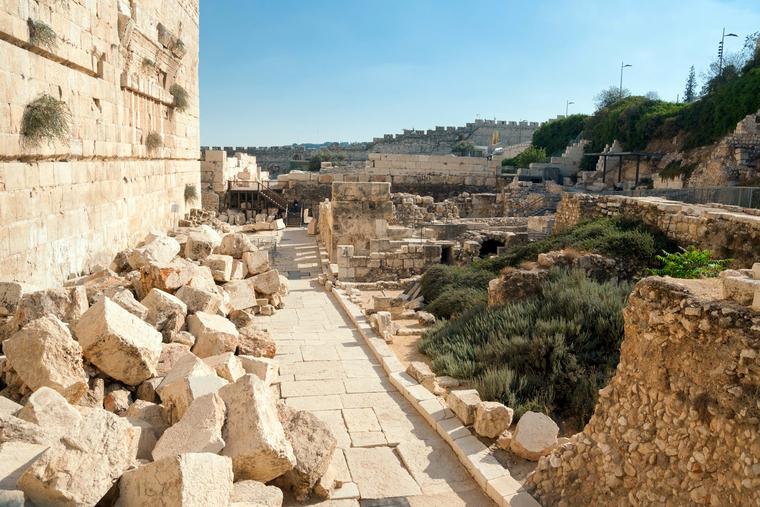- Feb 5, 2002
- 166,666
- 56,280
- Country
- United States
- Faith
- Catholic
- Marital Status
- Married
- Politics
- US-Others
‘God is the author of Sacred Scripture because he inspired its human authors; he acts in them and by means of them. He thus gives assurance that their writings teach without error his saving truth.’ (Catechism 136)
The following are summaries of some of the arguments that I have made in depth, with scientific documentation, in my new book, The Word Set in Stone: How Archaeology, Science, and History Back up the Bible.
1. I contend for a local flood that took place in the Mesopotamian plain (current-day southern Iraq), which is a very flat area with two major rivers (the Tigris and Euphrates) that drain into a sea (the Persian Gulf). The floodwaters took 10 months to totally subside (Genesis 7:11; 8:13). Likewise, a great flood occurred in 1926-1927 at virtually the same latitude, in a very flat area (Louisiana) with a major river (the Mississippi) that drains into a sea (the Gulf of Mexico). It rained in this instance for eight months and the floodwaters took an entire year to completely dry up.
2. The Bible states that Abraham lived in Beersheba (Genesis 21:14, 29–33; 22:19). Skeptics have charged that this is an anachronism; that no such town existed in his time. But none of the 11 biblical mentions in Genesis require the interpretation of a town, let alone a city. The first mention, during Abraham’s life (Genesis 21:14, RSV), refers to “the wilderness of Beersheba.”
3. Sodom and Gomorrah were judged by God with “brimstone and fire” (Genesis 19:24). Current science has proposed that a “meteoritic airburst” devastated the area in c. 1750-1700 BC, during Abraham’s lifetime. (Lot was his nephew.) The blast was so hot that rocks were turned into glass.
Continued below.

 www.ncregister.com
www.ncregister.com
The following are summaries of some of the arguments that I have made in depth, with scientific documentation, in my new book, The Word Set in Stone: How Archaeology, Science, and History Back up the Bible.
1. I contend for a local flood that took place in the Mesopotamian plain (current-day southern Iraq), which is a very flat area with two major rivers (the Tigris and Euphrates) that drain into a sea (the Persian Gulf). The floodwaters took 10 months to totally subside (Genesis 7:11; 8:13). Likewise, a great flood occurred in 1926-1927 at virtually the same latitude, in a very flat area (Louisiana) with a major river (the Mississippi) that drains into a sea (the Gulf of Mexico). It rained in this instance for eight months and the floodwaters took an entire year to completely dry up.
2. The Bible states that Abraham lived in Beersheba (Genesis 21:14, 29–33; 22:19). Skeptics have charged that this is an anachronism; that no such town existed in his time. But none of the 11 biblical mentions in Genesis require the interpretation of a town, let alone a city. The first mention, during Abraham’s life (Genesis 21:14, RSV), refers to “the wilderness of Beersheba.”
3. Sodom and Gomorrah were judged by God with “brimstone and fire” (Genesis 19:24). Current science has proposed that a “meteoritic airburst” devastated the area in c. 1750-1700 BC, during Abraham’s lifetime. (Lot was his nephew.) The blast was so hot that rocks were turned into glass.
Continued below.

15 Archaeological Proofs of Old Testament Accuracy
‘God is the author of Sacred Scripture because he inspired its human authors; he acts in them and by means of them. He thus gives assurance that their writings teach without error his saving truth.’ (Catechism 136)
